17th century
Artworks 81 to 90 of 127:
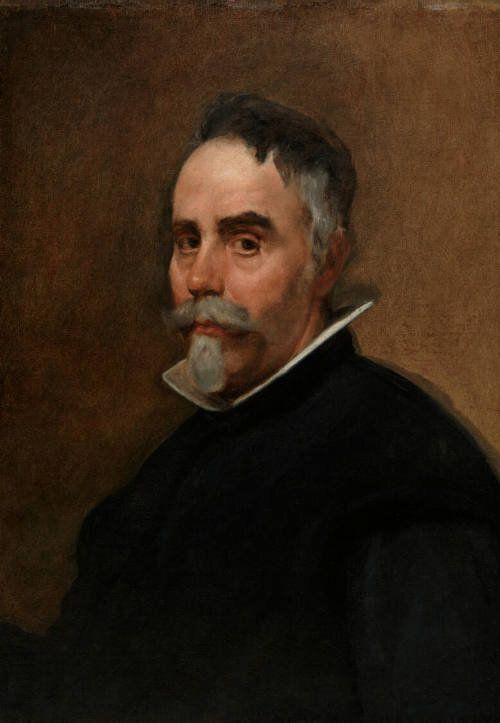
Portrait of a Man
by Diego Velázquez, 1651–1652
- Medium
- Oil on canvas
- Dimensions
- Image: 25 1/4 x 17 1/2 in. Framed: 35 1/4 x 28 1/4 x 3 in
- Credits
- Gift of Walter P. Chrysler, Jr.
- Location
- Chrysler Museum of Art

Virgin Appearing to a man lying before an altar
by Alonso Cano, circa 1653–1657
- Medium
- Pen and brown ink and wash, over black chalk, on laid paper; framing lines in pen and brown ink; upper portion of sheet trimmed in the shape of an arch
- Dimensions
- 5 7/8 x 5 in.
- Credits
- The Morgan Library & Museum. Photography by Graham S. Haber.
- Location
- Morgan Library & Museum
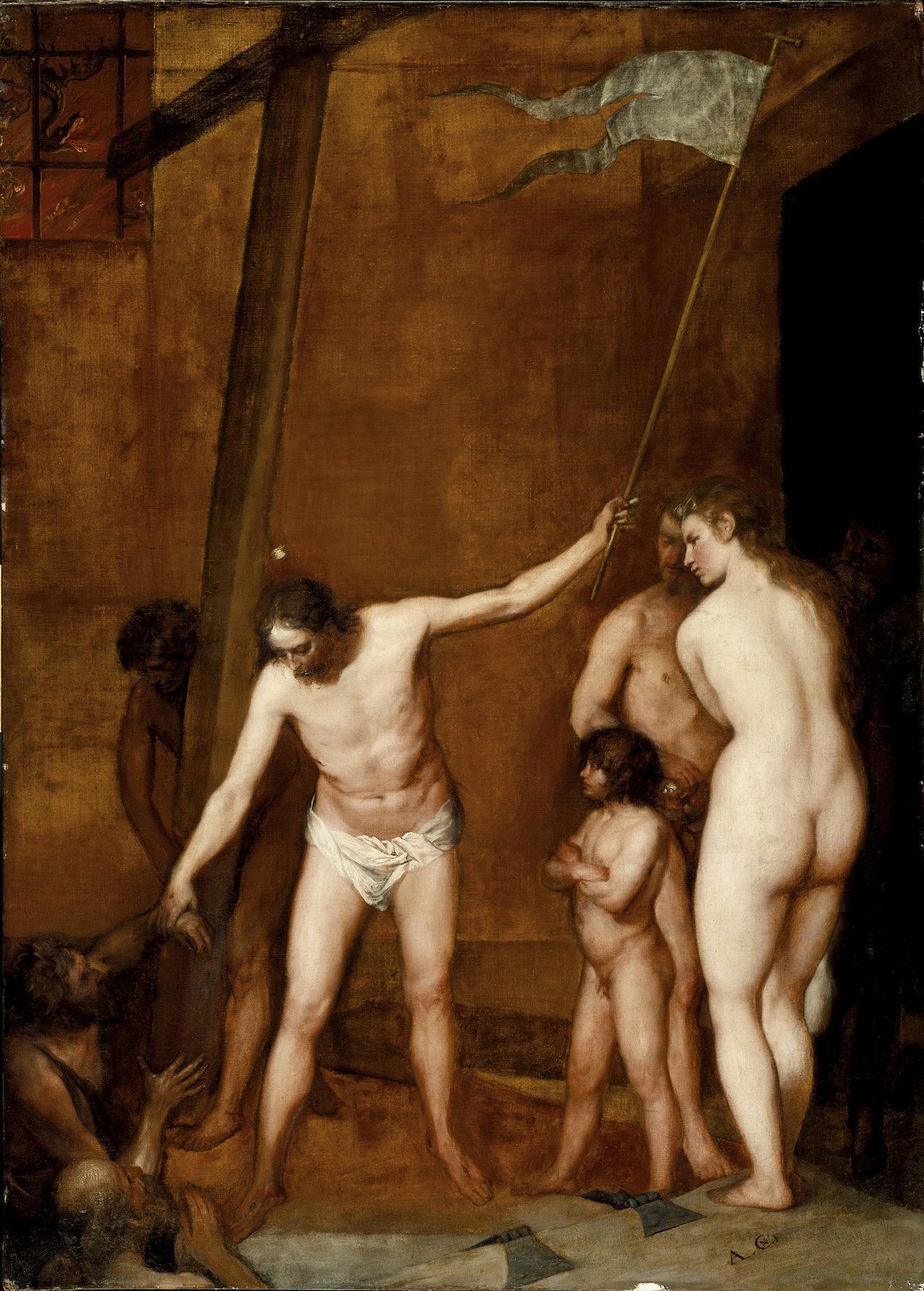
Christ in Limbo
by Alonso Cano, circa 1655
- Medium
- Oil on canvas
- Dimensions
- 66 × 47 1/2 in. (167.64 × 120.65 cm)
- Location
- LACMA
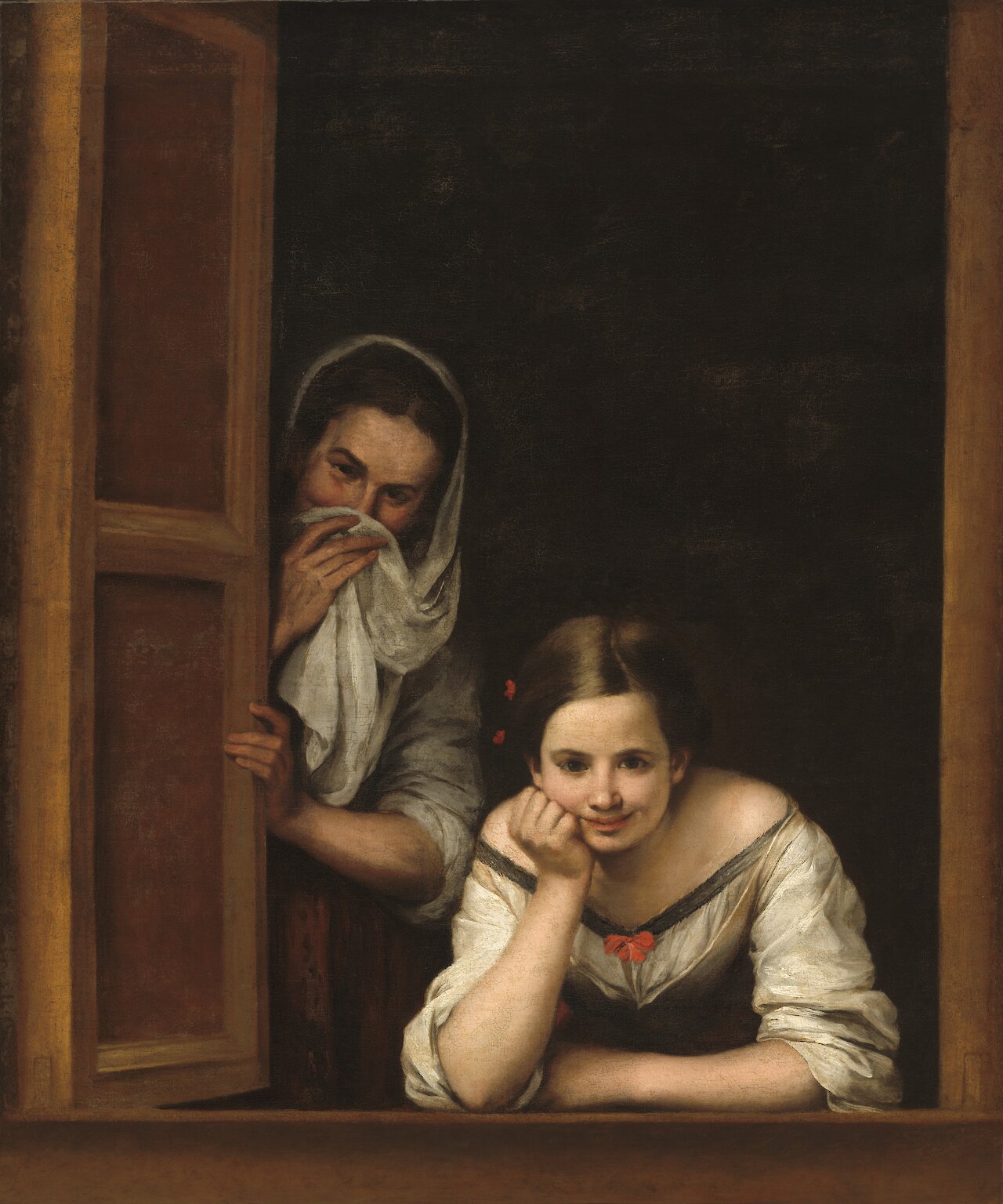
Two Women at a Window
by Bartolomé Esteban Murillo, circa 1655–1660
- Medium
- Oil on canvas
- Dimensions
- 125.1 x 104.5 cm (49 1/4 x 41 1/8 in)
- Credits
- Widener Collection.
- Location
- National Gallery of Art
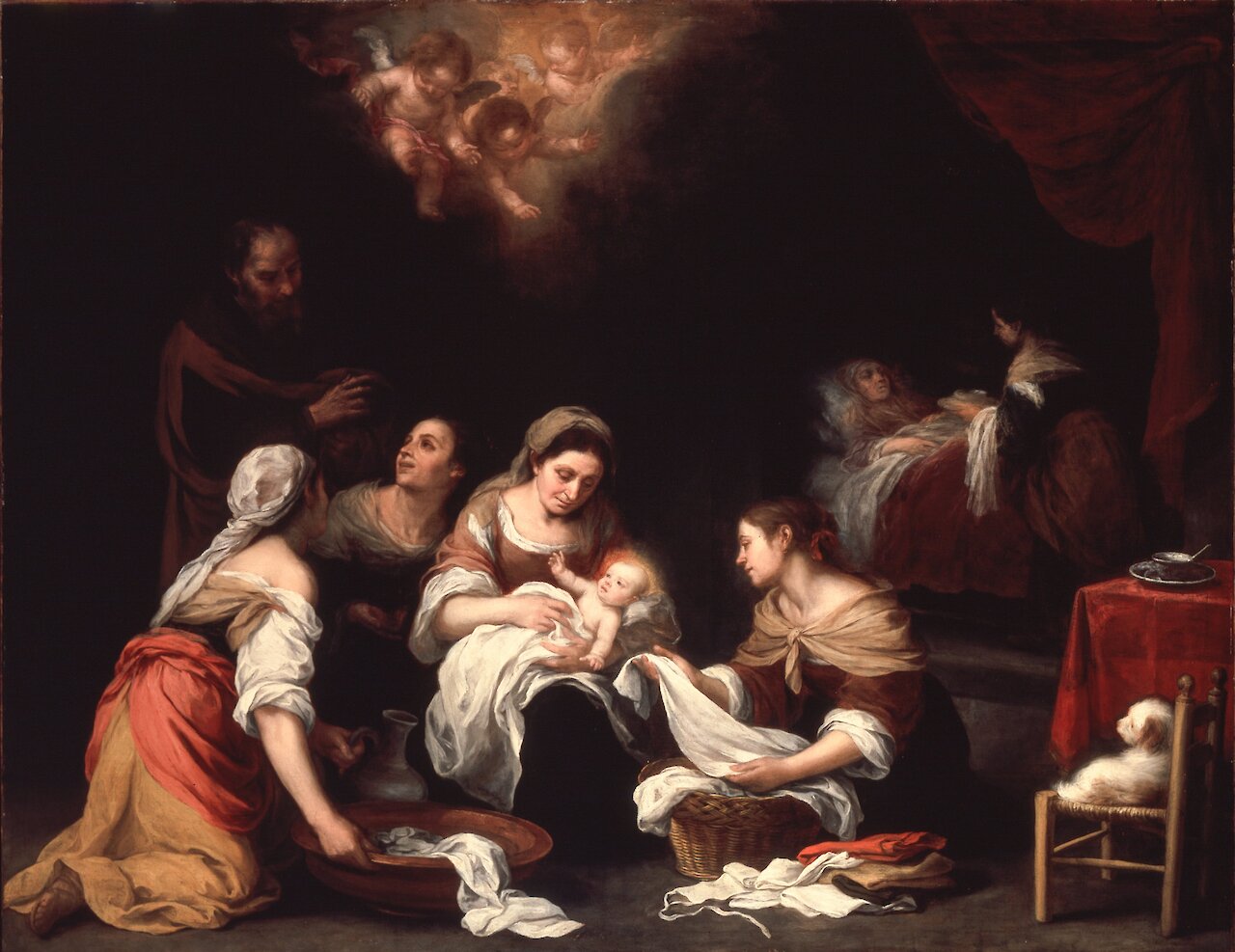
The Birth of St. John the Baptist
by Bartolomé Esteban Murillo, circa 1655
- Medium
- Oil on canvas
- Dimensions
- 57-3/4 x 74-1/8 in (146.7 x 188.3 cm)
- Credits
- The Norton Simon Foundation
- Location
- Norton Simon Museum
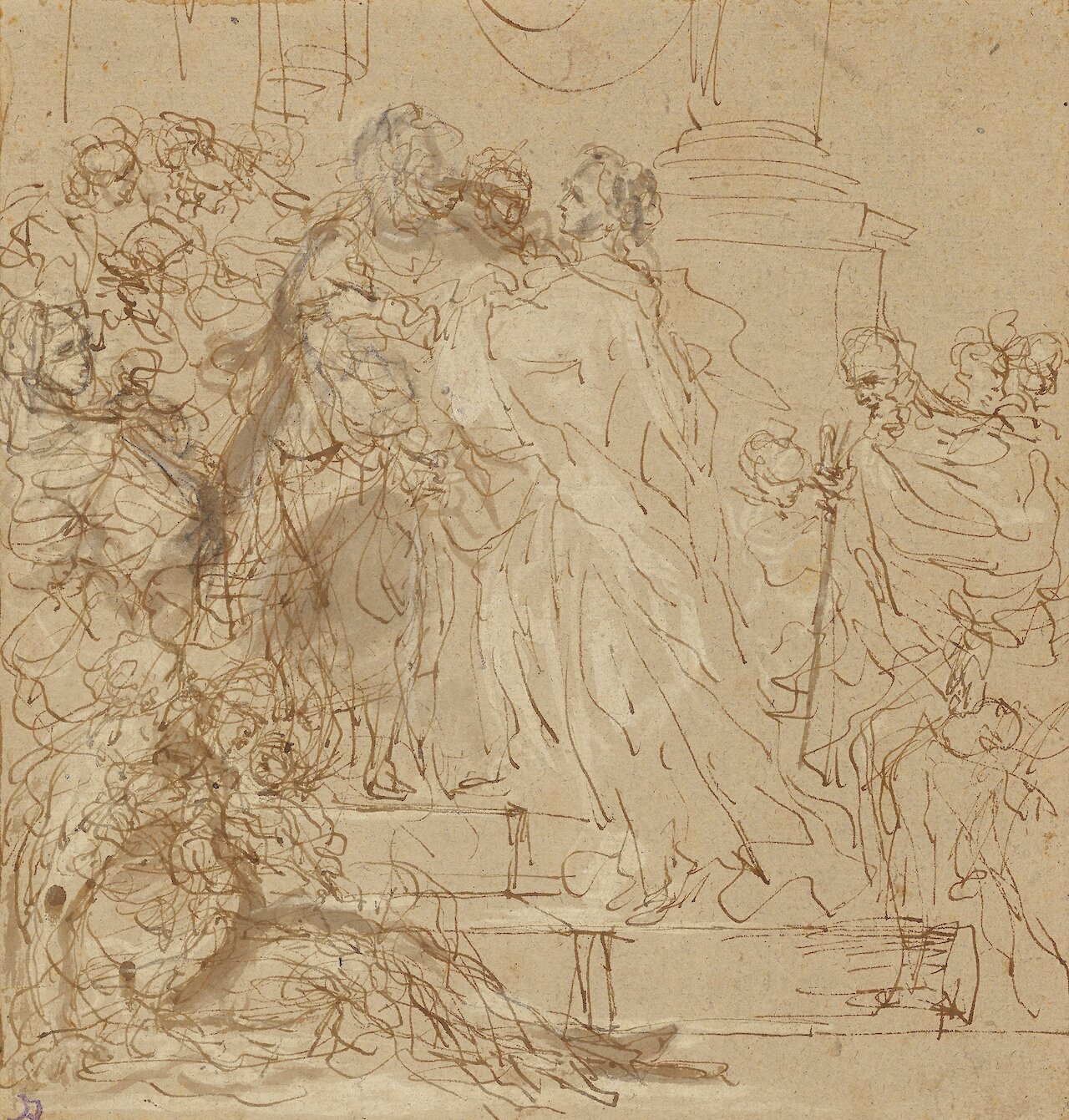
The Visitation
by Juan Carreño de Miranda, circa 1655–1660
- Medium
- Pen and brown ink and gray-brown wash, heightened with white gouache, over touches of black chalk (recto); black chalk (verso)
- Dimensions
- 24.8 × 23.7 cm (9 3/4 × 9 5/16 in)
- Notes
Two cousins share in a moment of mutual happiness in this scene of rejoicing. The Virgin Mary rushes up the steps to congratulate her elderly cousin Saint Elizabeth, placing her left hand on Elizabeth's shoulder and clasping the other. Both women celebrate their respective pregnancies, the Virgin with the infant Jesus and Elizabeth with John the Baptist. Elizabeth had particular cause for celebration as she had conceived in old age, after a lifetime of barrenness.
Juan Carreño de Miranda conveyed the scene thorough energetic motion and nervous handling of the pen. Vigorous strokes describe the flowing outline of the Virgin's cloak, while summary passages of wash in gray-brown define Elizabeth's head and back. Amid the swirling mass of lines on the left several indistinct heads are visible. Another mother crouches at the foot of the steps, holding a baby in her arms.
- Location
- J. Paul Getty Museum
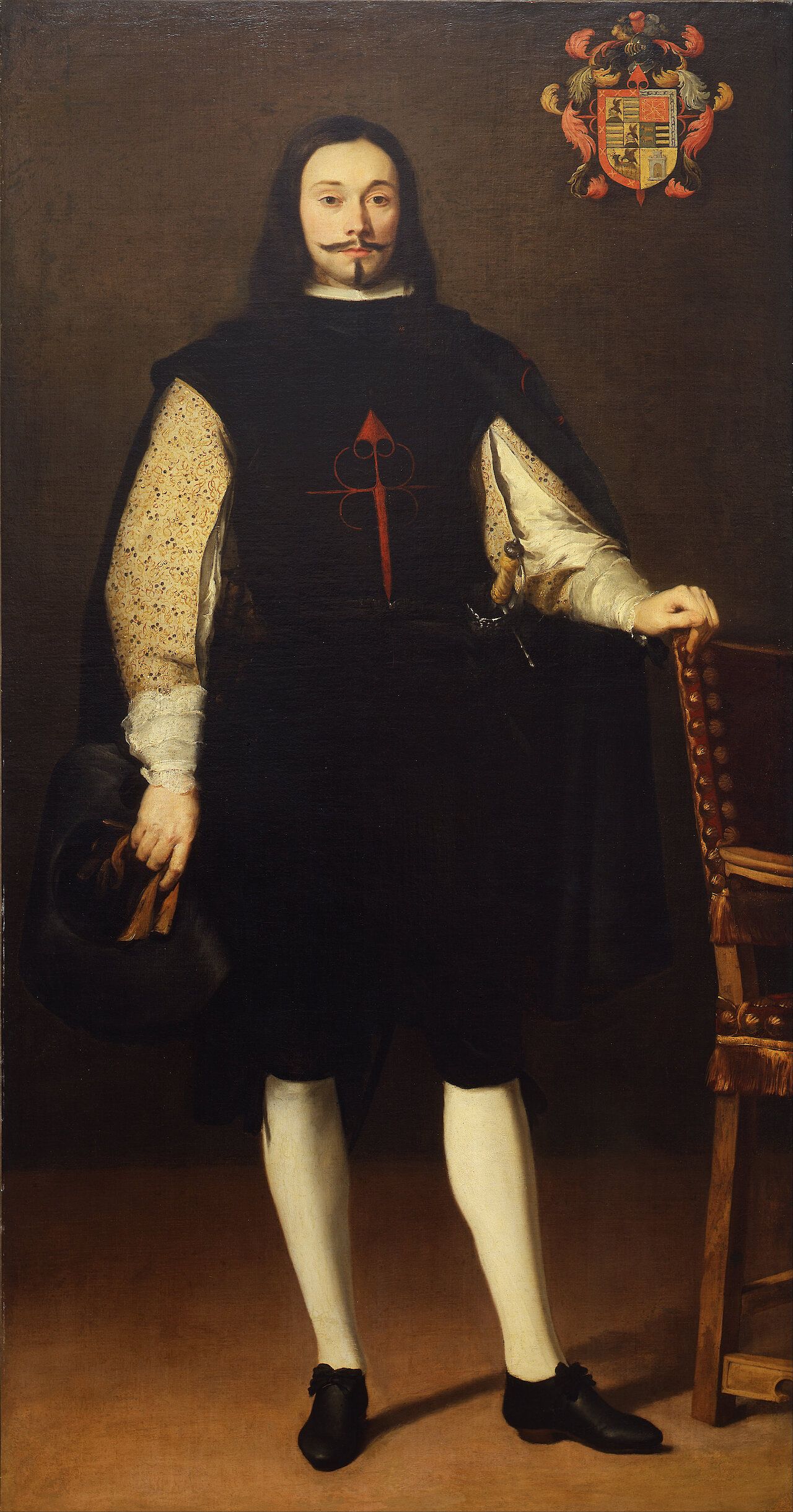
Portrait of Don Diego Félix de Esquivel y Aldama
by Bartolomé Esteban Murillo, circa 1655–1660
- Medium
- Oil paint on canvas
- Dimensions
- Image: 80 1/2 x 42 in.; frame: 93 x 54 3/8 x 2.5 in:
- Credits
- Denver Art Museum: Gift of the Samuel H. Kress Foundation
- Location
- Denver Art Museum
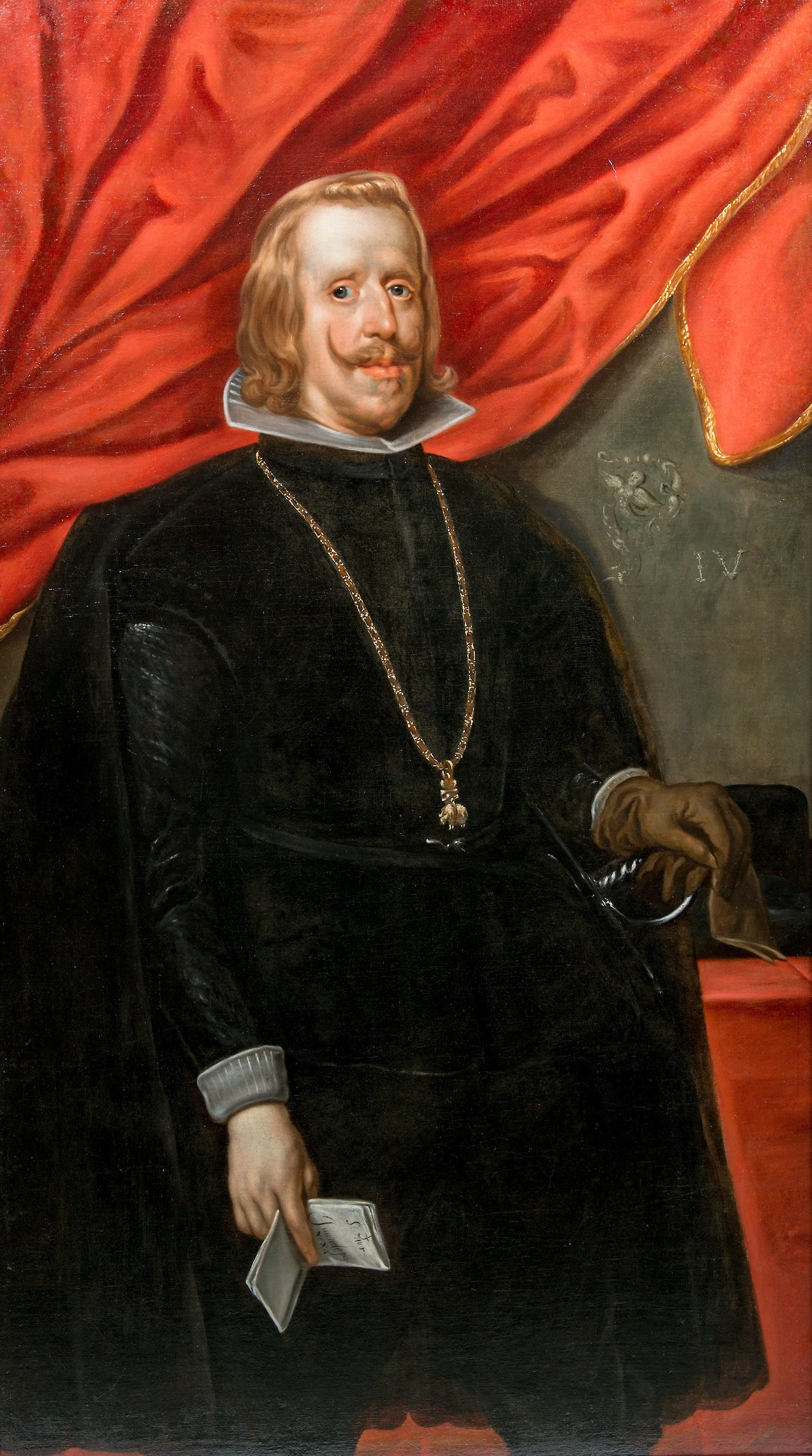
Philip IV, King of Spain
by Juan de Pareja, 1656
- Medium
- Oil on canvas
- Dimensions
- Framed: 63" x 38.75"
- Location
- Columbia Museum of Art
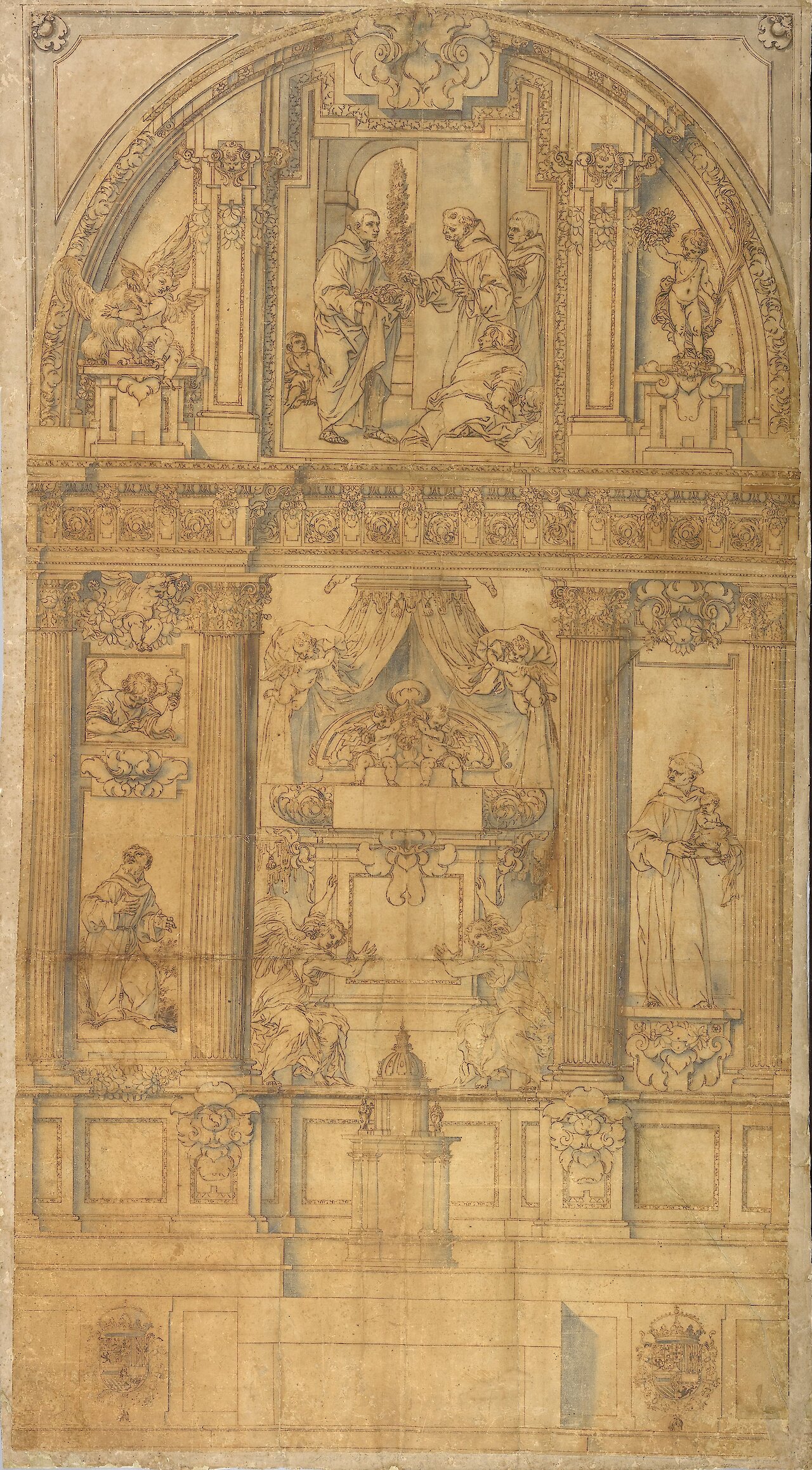
Design for the Decoration of a Franciscan Chapel Showing St. Diego of Alcala, St. Francis of Assisi, and St. Anthony of Padua
by Alonso Cano, 1657–1658
- Medium
- Pen and brown ink and watercolor on laid paper
- Dimensions
- 46 5/16 x 24 3/4 in.
- Credits
- The Morgan Library & Museum. Purchased as the gift of Mrs. Charles Wrightsman. Photography by Steven H. Crossot.
- Location
- Morgan Library & Museum
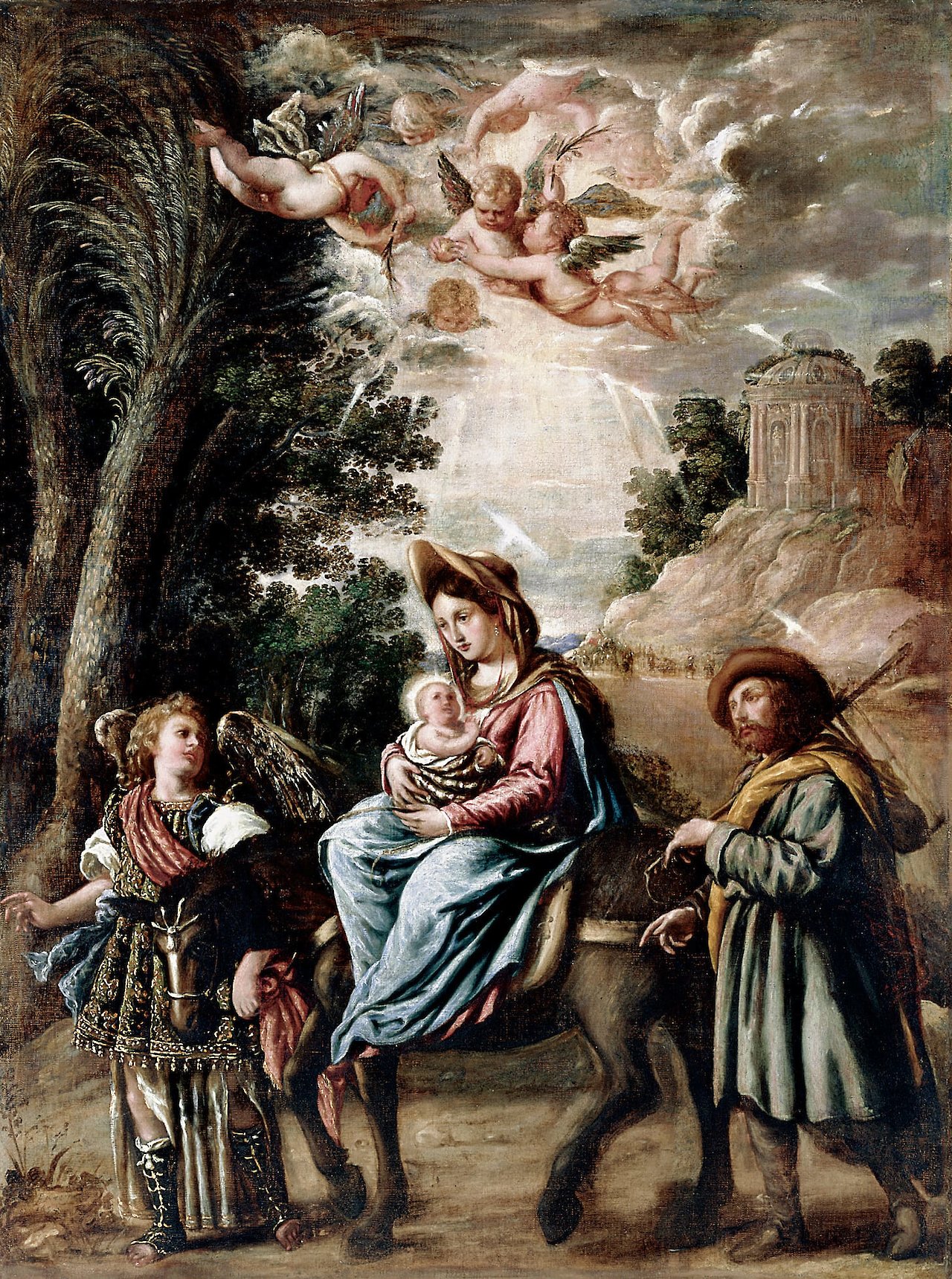
Flight into Egypt
by Juan de Pareja, 1658
- Medium
- Oil on canvas
- Location
- John and Mable Ringling Museum of Art